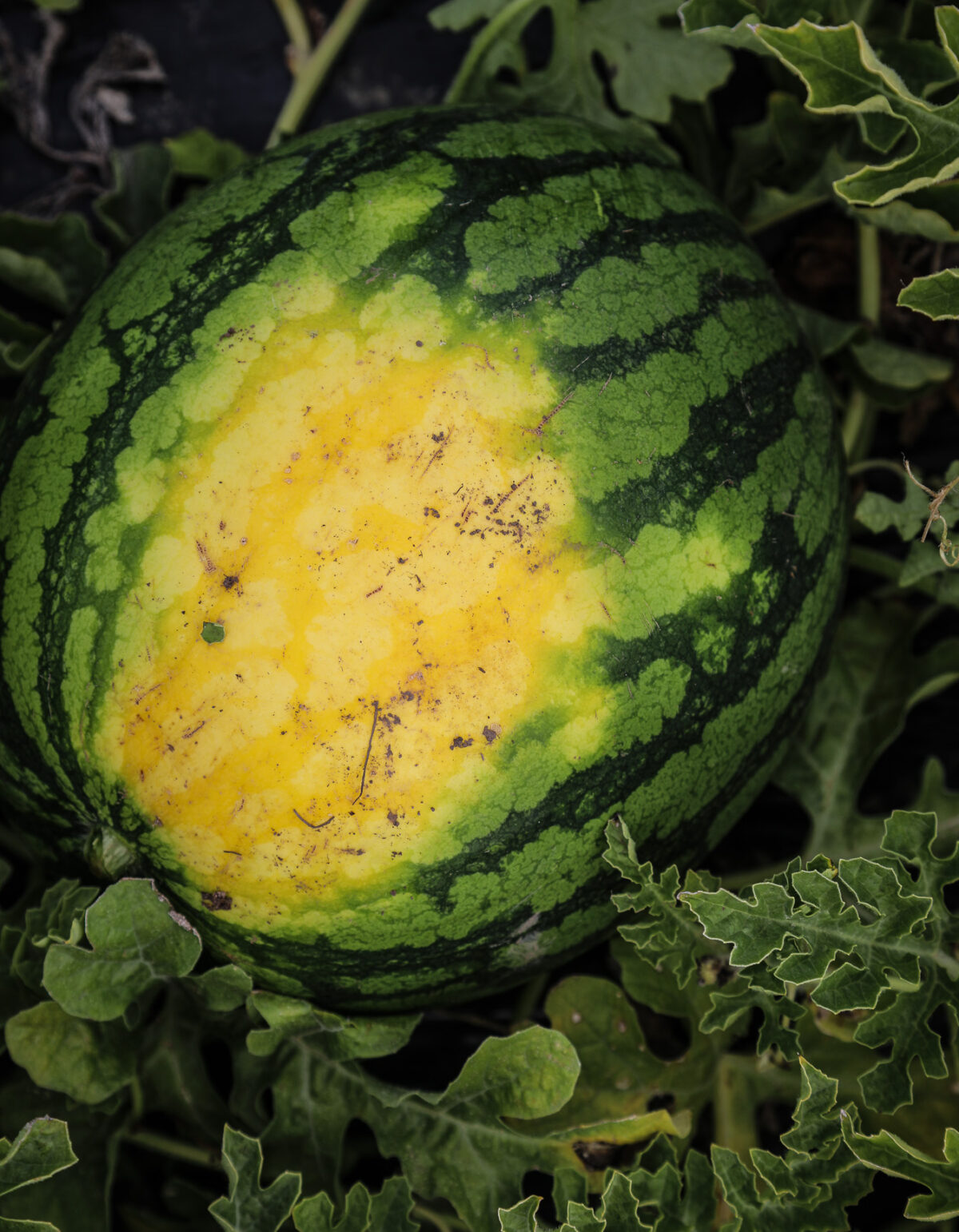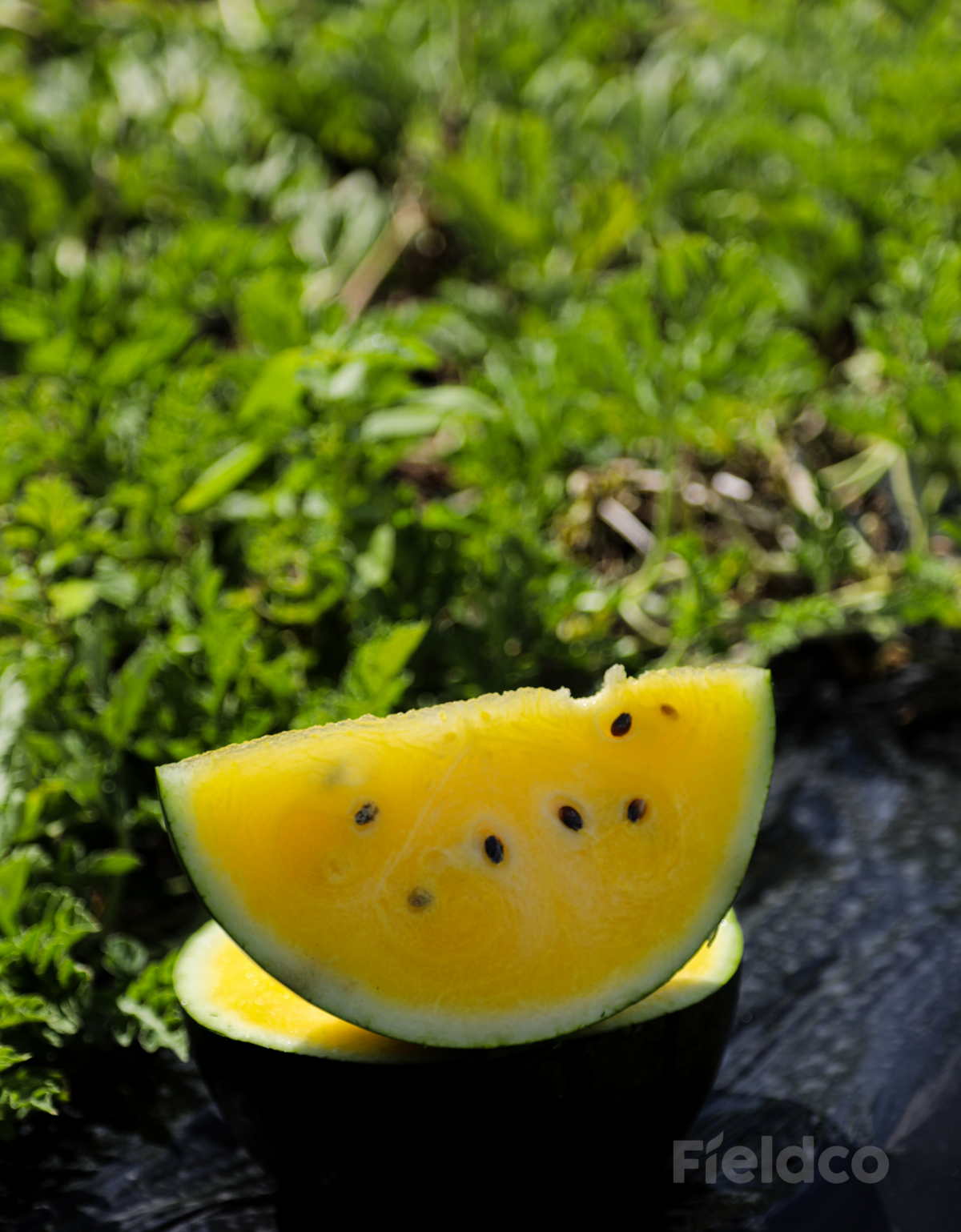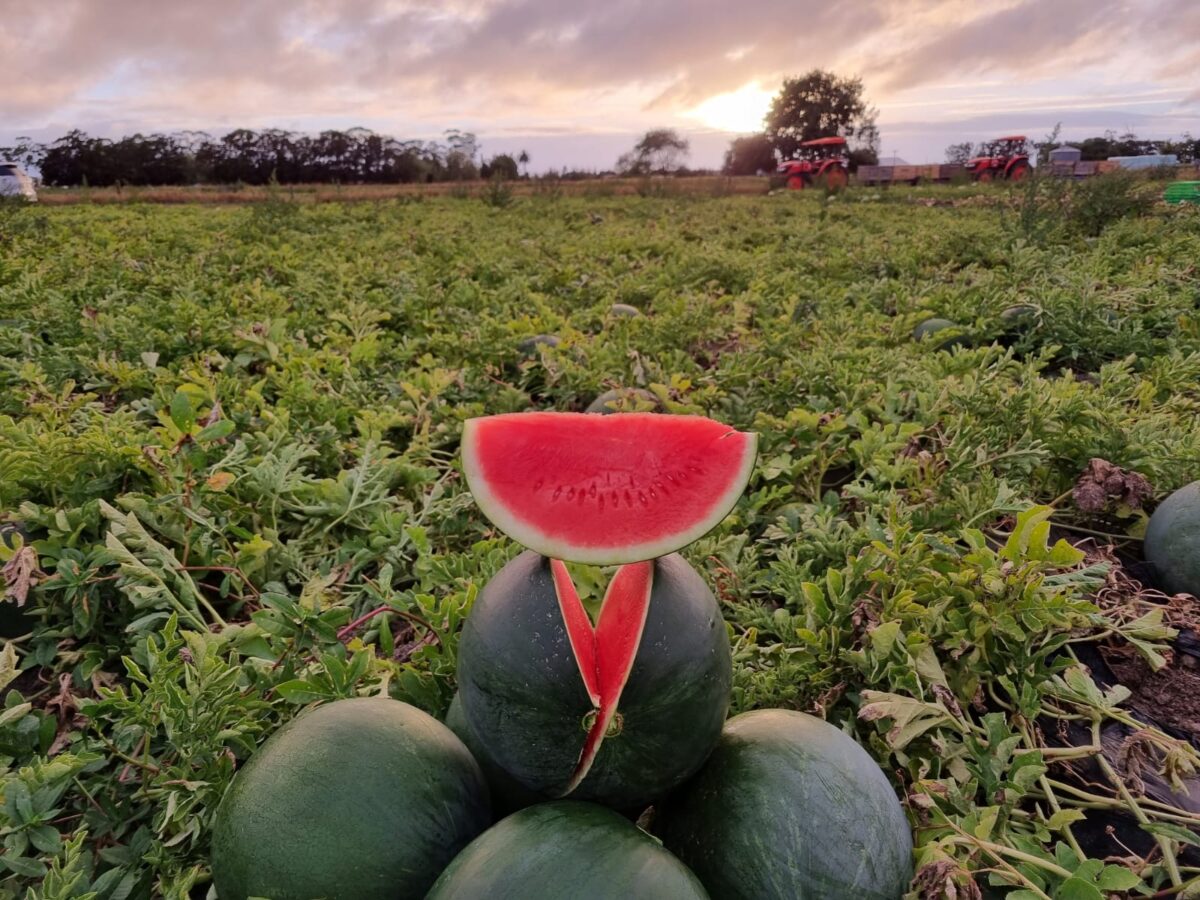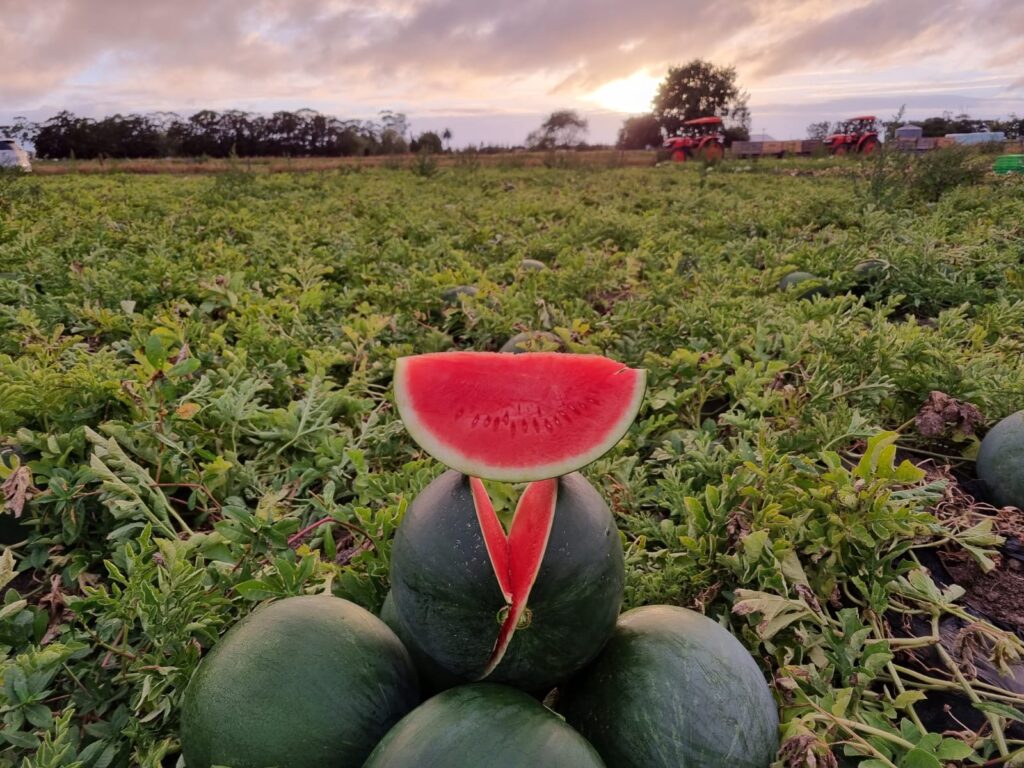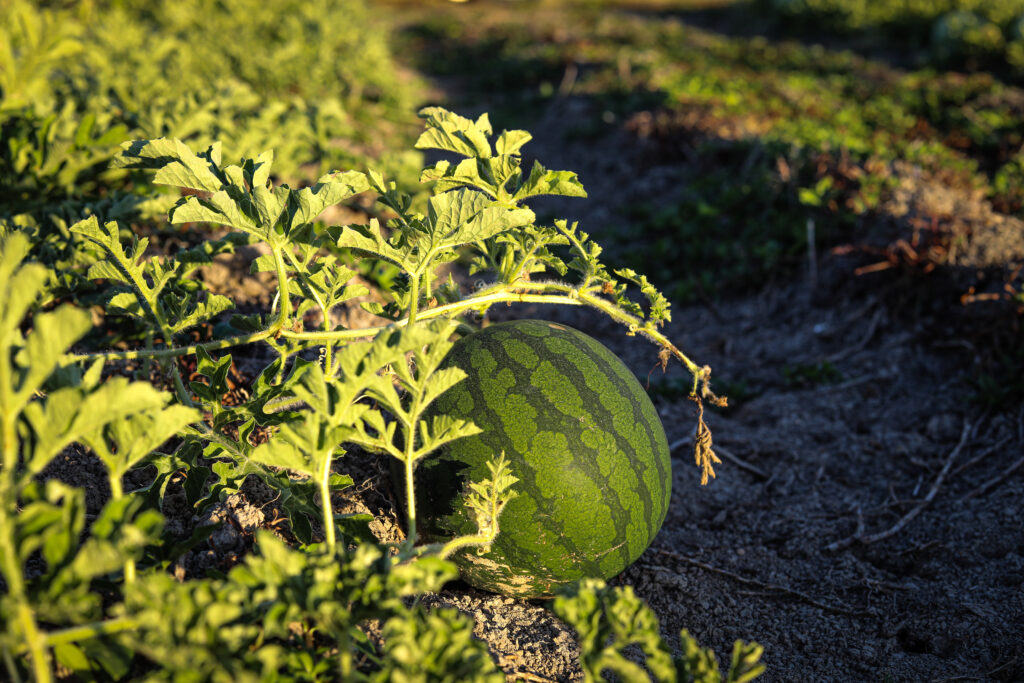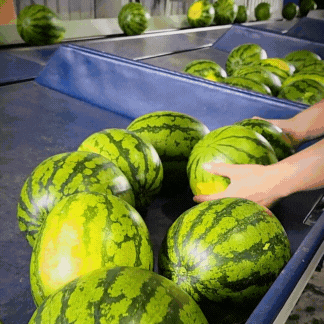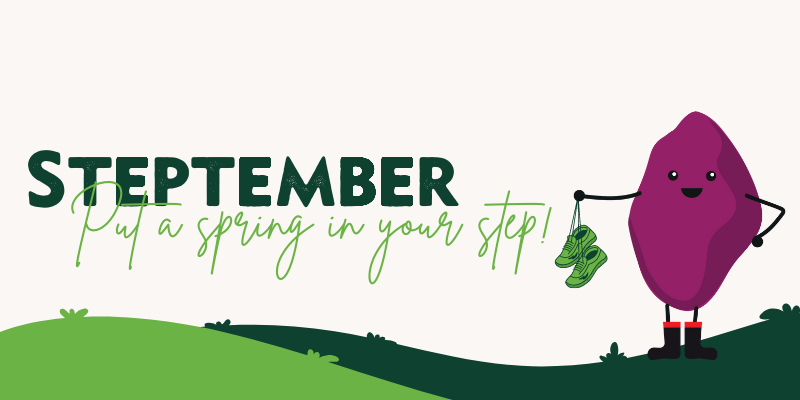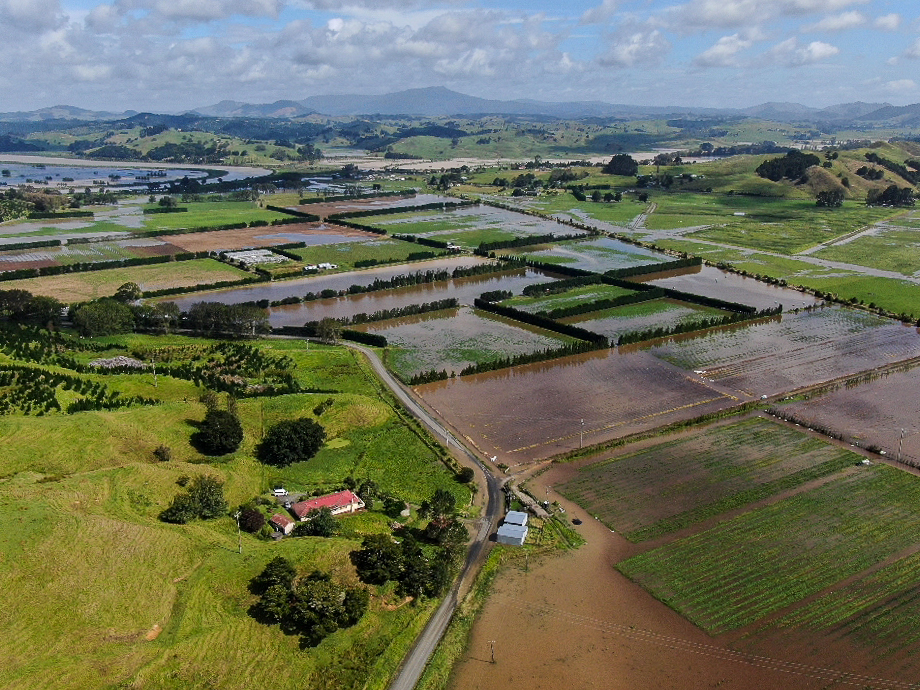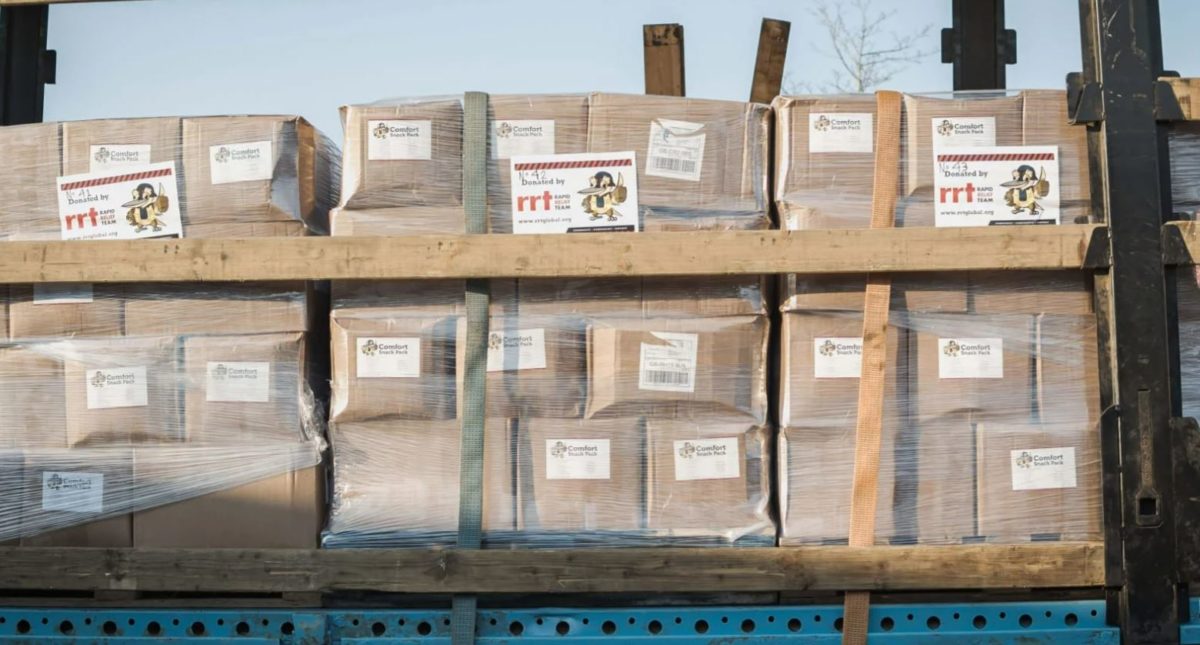The most commonly asked question and debate that comes up on the topic of watermelon is, how do you pick a ripe watermelon?
And while our melon growing experience dates back to the early 90s, we can’t honestly say there is a foolproof way to know what the inside of the melon looks like.
But we did care to share a couple of tips and tricks from our team to help you pick out your watermelon next time you’re instore!
TIPS AND TRICKS TO PICK THE BEST WATERMELON:
No soft spots or bruises – a watermelon skin should be firm all over. Any soft spots indicates it is overripe or has a small disease which could affect the taste of the watermelon.
Dull rind or slightly brown – the skin of the melon should be nice and shiny!
Buttery yellow underside – perception of a perfect watermelon is it has to be green all over but that’s not true! The yellow patch shows where the melon has been resting on the ground prior to being harvest. A large spot illustrates it has spent more time ripening on the vine and should be sweet.
A ripe watermelon will have a hollow sound when tapped, like a drum. This is because the air inside the watermelon has expanded as the fruit has ripened. An unripe watermelon will have a duller, higher-pitched sound.
Is heavy for its size – this indicated the amount of ‘juice’ and ultimately, a sweeter tasting melon.
Dried tendril stem – this is easier for our picking teams in the field as the curly tendril on each watermelon stem should be brown before they are picked. If the stem of the watermelon is still green or got a long green stalk, this can indicate it hasn’t done its full ripening cycle in the field!
BUST THE MYTH
If you can fit 2 fingers between the melon stripes, it is ripe
This is simply not true! A good portion of Fieldco watermelons are a dark green variety which has no stripes and are some of our sweetest tasting melons. The ripeness completely depends on the variety and of course…who’s 2 finger measurements are the same?
We prefer to go off the tap-test(does is sound hollow?) and testing the weight of the melon.


